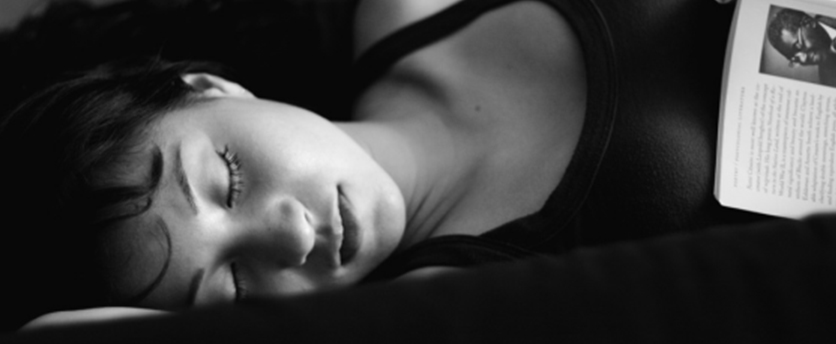
Your heart has to beat in a controlled manner in order to supply blood to every living cell in your body. However, when abnormal heart rhythms happen, your heart’s ability to pump blood is hindered. This condition might even become life-threatening. The abnormal heart rhythms, also known as cardiac arrhythmias, can appear due to various reasons, such as toxins build-up, electrolyte abnormalities, heart disease, or metabolic disorders. What’s more, the arrhythmias which appear while a person is sleeping might be caused by low blood oxygen levels.
When you fall asleep, there are numerous changes which happen to your cardiovascular and nervous system. During the sleep changes, your heart can either slow down or accelerate. The heart rate usually increases when a person is in rapid-eye-movement (REM)sleep. On the other hand, people who suffer from some heart-related issues might experience excessive slow rhythms or sleep-related atrial fibrillation.
Arrhythmias and Sleep-Related Breathing Disorders
There are a set of conditions, known as sleep-disordered breathing, which can impede the breathing process while sleeping. One of the most common sleep-related breathing disorders is known as sleep apnea. People who deal with sleep apnea usually experience intermittent episodes of upper airway obstruction during sleep. This is one of the most common sleep-related breathing disorders which is associated with arrhythmias. So, arrhythmias are more common in people dealing with sleep apnea.
What’s more, arrhythmias are also associate with obesity hypoventilation syndrome, central sleep apnea, and upper airway resistance syndrome. A person suffering from an obesity hypoventilation syndrome has a reduced lung movement due to compression of the chest cavity. On the other hand, people with central sleep apnea are usually dealing with abnormalities in the central nervous system. Last but not least, people experiencing upper airway resistance syndrome usually have conditions which lower the airflow through the respiratory passages.
Arrhythmias and Low Oxygen
What usually trigger arrhythmias in people with sleep-related breathing disorders is low blood oxygen, also known as hypoxia. When the breathing stops or slows down, the blood oxygen level reduces. As a result, your heart is irritated and arrhythmias appear. Thus, besides hypoxia, some of the most common triggers for nighttime arrhythmias include:
- swings in internal chest pressures;
- increased carbon dioxide levels;
- fight-or-flight responses;
Unfortunately, sleep-related breathing disorders, especially obstructive sleep apnea is the leading cause of a higher risk of mortality. This is so because sleep apnea causes hypertension, stroke, and heart failure. Moreover, it’s quite common that people who deal with sleep-related breathing disorders are susceptible to sudden cardiac death during sleeping hours.
Medications and Arrhythmias
Besides sleep-related breathing disorders, arrhythmias can also be triggered by certain medications. In fact, arrhythmias have been linked with numerous antipsychotic and antidepressant medications. Some of the most common drugs which might lead to sudden cardiac death are tricyclic antidepressants, such as imipramine (Tofranil) and nortriptyline (Pamelor).
So, if you haven’t been diagnosed with arrhythmias or any sleep-related breathing disorder, but you notice some common symptoms of abnormal sleep, you should definitely consult your physician. You can be diagnosed during sleep lab evaluations or by wearing a 24-hour heart monitor.
One of the most effective methods for diagnosing whether you deal with a sleep disorder is by wearing a headband by VirtuOX, known as VirtuSOM. VirtuSOM is a headband which contains 3 sensors on your forehead and can determine whether or not you deal with insomnia and which are the causes. Moreover, VitruOx offers a home sleeping test. This sleeping test is extremely easily performed as you are only required to wear a sensor on your finger, nose and a small device on a belt around your chest in the comfort of your own home.